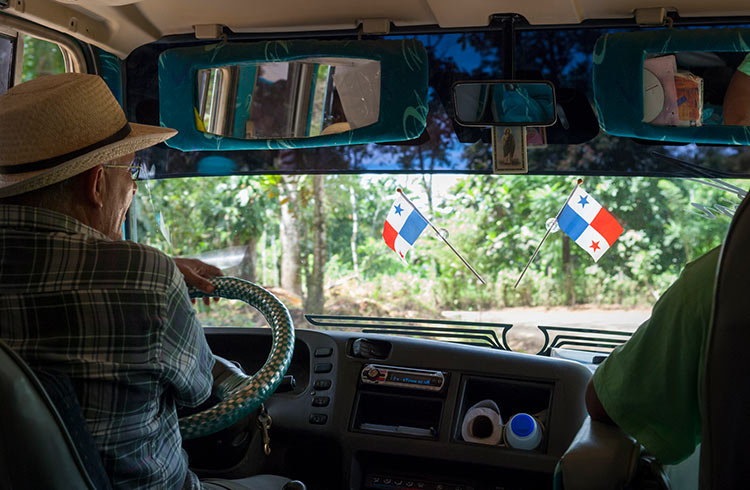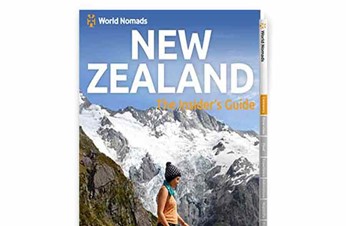Transport in Panama: Tips for Traveling Around Safely
Coronavirus (COVID-19) and travel: The situation around the world is changing dramatically. Various governments have changed their travel warnings to restrict travel during this time. To understand how this may impact cover under your policy, please go to our FAQs and select your country of residence.
For the latest travel warnings and alerts around the world, read about lockdowns and border restrictions.
How safe is public transport in Panama? First, let's take a look at why the diabolical Diablos Rojos were taken off the streets, and then we'll look at the safest modes of transport for travel.
Shares
 Photo © iStock/Joel Carillet
Photo © iStock/Joel Carillet
- Why Panama got rid of the diabolical diablos rojos
- Transport crime in Panama
- 6 other things to know before you go to Panama
Why Panama got rid of the diabolical diablos rojos
Diablos Rojos were colorful former US school buses, which were once seen all over the streets of Panama. Once the principal mode of local transport, costing a measly 25c for a one way fare, they were taken off the streets after a lack of maintenance, horrific traffic accidents, and security concerns became too much to handle.
In 2010 a new government regulated public bus system, Metro Bus was introduced. With modern air-conditioning and a Metro Card system, the new and improved transportation is far more safe and comfortable. The old Diablos Rojos can still be seen here and there, but it's advised you catch the Metro Bus to ensure your own safety.
Transport crime in Panama
Bus stations tend to be high crime areas, but you should also be aware that Tocumen International Airport in Panama city is the only airport in Panama that maintains international airport security measures. Local domestic air carriers have low safety and security standards, and are best avoided.
For your own safety, only use registered taxis, and where possible call a taxi rather than hail one off the street. Do not share taxis with strangers, and always sit in the back seat.
6 other things to know before you go to Panama
1. Drug trafficking
Be aware of the increase in gang violence in Panama. Drug trafficking throughout Panama is fuelling an increase in youth gangs, which are more often than not directly related to drugs in some manner.
2. Carry identification
Many Latin Americans are trying to emigrate to Panama, so you'll notice policeman sometimes stop travelers and ask them for their ID. You don't have to carry your passport, but to avoid problems you should carry a photocopy of the photo page of your passport, and the page where your entry date is stamped.
Panama law also requires that you carry identification documentation at all times.
3. Parental guidance
If children are traveling with one parent only, Panama requires a notarized letter of permission from the other parent.
4. Compulsory vehicle insurance
Vehicle insurance (including third party) is compulsory in Panama, but many locals drive without it. If you're involved in a car accident, Panama law requires you to wait with the vehicle until the traffic police arrive.
5. LGBTQ+ safety
Although homosexual acts are not illegal, discretion is highly recommended, since homosexuality is not socially acceptable in all areas.
6. Photography isn't always appreciated
It's illegal to photograph official buildings in Panama. You should check with local authorities before taking photos. Taking photographs, particularly of children and women, may be met with suspicion and violence. Permission from an adult should be obtained before taking photographs of, or talking to, children.
Get a travel insurance quote for Panama
You can buy at home or while traveling, and claim online from anywhere in the world. With 150+ adventure activities covered and 24/7 emergency assistance.
Related articles
Simple and flexible travel insurance
You can buy at home or while traveling, and claim online from anywhere in the world. With 150+ adventure activities covered and 24/7 emergency assistance.
Get a quote
No Comments